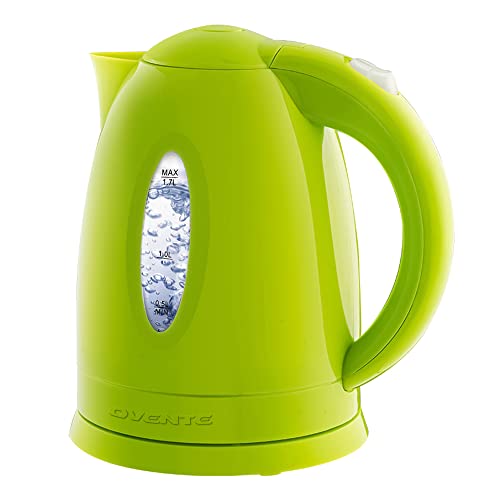What are the Clover Slobbers
Horses eat everything. Generally speaking. Not as much as goats, but horses will eat just about anything in a field. Including clover, a common legume, and subject of folklore, leprechauns, and good luck. Sometimes, that clover has a funky ingredient that can trigger the clover slobbers in horses.
jump to shopping
How the clover slobbers happen
- Clover doesn’t always grow alone, however. Often, Rhizoctonia leguminicola uses clover as a home. This fungus will also grow on other legumes, such as alfalfa. This hard to pronounce fungus (AKA black patch) makes a substance called slaframine which interacts with your horse’s mouth and causes excessive salivation.
- You would think that most horses would just stop eating clover, apparently, they don’t seem to care. The latherin in saliva creates foam, and the slaframine creates a lot of slobber!

Clover is delicious! And sometimes a lucky charm.
Are the clover slobbers dangerous?
- Superficially no, but some horses can have ill effects.
- Because so much saliva is produced, your horse may become dehydrated. This can lead to a slew of other health problems, including colic and organ damage. Some horses need IV fluids to recover.
- Once removed from eating clover with Rhizoctonia leguminicola, horses can still produce excessive slobber for two days!
- Some horses also develop colic-like symptoms or diarrhea.
- There are also a few cases of mares aborting. None of this is fun for anyone and your veterinarian needs to be involved for any of the above signs.
How to monitor your horse’s hydration
- It’s easy to monitor your horse’s hydration as part of checking their vital signs daily. There are two ways to do this, one being a bit more accurate than the other.
- First, you can do the skin tent test. Pinch a bit of skin on your horse’s neck and see how long it takes to snap back. The longer it takes, the less hydrated your horse is. This isn’t so reliable, as horses age and lose elasticity in their skin.
- A more reliable way to check your horse’s hydration is to feel his gums, above the front teeth. Take a peek, too. Gums should be pink and slippery. Dry or sticky gums indicate dehydration.
- You may need to step up your electrolyte game to help prevent dehydration.
The signs of clover slobbers are similar to signs of vesicular stomatitis.
- So, while vesicular stomatitis and clover slobbers are caused by two different things (icky fungus and icky virus), if your horse has been eating clover all along with no slobbers and all of a sudden they appear, time to do some veterinary intervention.
- And not to freak you out or anything – but vesicular stomatitis is contagious to other horses AND PEOPLE. Horses develop sores and ulcers in their mouths, people get flu-like symptoms.
Is it annoying when your horse has the clover slobbers?
- Probably so. Especially if you are riding, there’s a chance of slobber face bombs flying your way.

Preventative measures
- It’s not super easy to reduce the clover and fungus population in your horse’s pasture, but you can do a few things.
-
Keep your pastures and grazing areas mowed to 3-4 inches.
-
Use dry lots as alternatives to pastures, especially when things are wet and the clover/fungus is growing due to moisture.
-
Monitor the color of the clover in your pastures! When the fungus is present, you will see the bright green clover have gray or dark brown or black spots.
-
You may want to check with your local agricultural extension service to find about about your region’s suggestions for dealing with clover and Rhizoctonia leguminicola.
How do you deal with the clover slobbers?
Stock up here for your horse supplies! As an Amazon Associate, I earn from qualifying purchases, but it’s ZERO extra cents to you. You can also visit my Amazon storefront here: PEG storefront.
Keep your horse's water and noms warm this winter.
Every horse owner needs a digital thermometer for fast and accurate vital signs
Thank you!




















